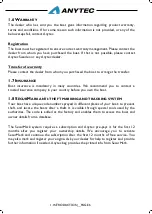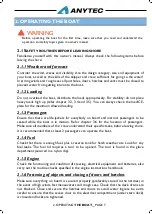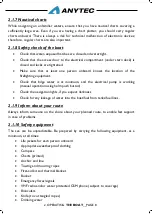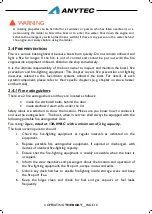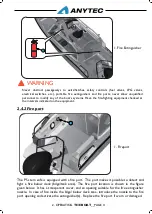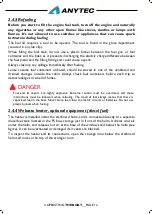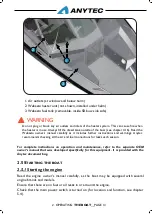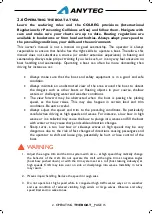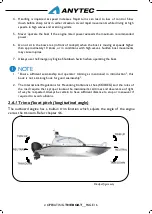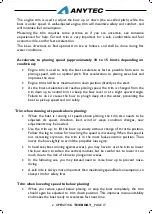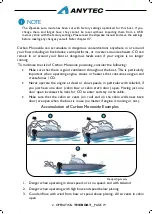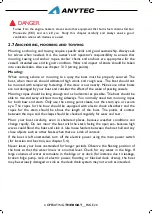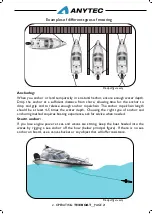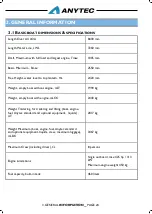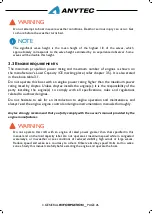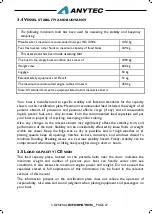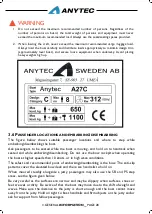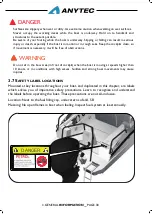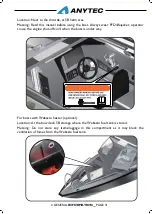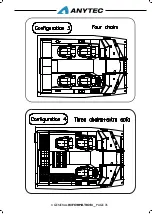
2. OPERATING
THE BOAT
__PAGE 20
DANGER
Fumes from the engine, heaters, stoves and other equipment that burns fuel contains Carbon
Monoxide (CO) and can kill you. Study this chapter carefully and always ensure good
ventilation when such devices are used.
2.7
A
NCHORING
,
MOORING AND TOWING
Mooring, anchoring and towing require specific skills and good seamanship. Always ask
for advice when needed. It is the owner's and operator's responsibility to ensure that
mooring, towing and anchor ropes, anchor chains and anchors are appropriate for the
vessel's intended use and in good condition. Wear and impact of knots should be taken
into consideration. Also see chapter 3.13 (strong points).
Mooring:
When coming ashore or mooring to a quay the boat must be properly secured. The
boat, when moored, should withstand high winds and rough seas. The boat should not
be moored with temporary fastenings if the crew is not nearby. Make sure other boats
are not damaged by your boat and consider the effect of the wake of passing vessels.
Mooring ropes should be long enough and as horizontal as possible. The boat should be
able to rise and sway without moving sideways. You normally need two mooring ropes
for both bow and stern. Only use the strong point cleats, not the stem eye or secure
eye. The ropes for the bow should be equipped with elastic shock absorbers and the
ropes for the stem should be about the length of the boat. The points of contact
between the rope and the clasps should be checked regularly for wear and tear.
Moor your boat carefully, even in sheltered places, because weather conditions can
change rapidly. Do not moor the boat with the stern facing the open sea, because high
waves could flood the boat and sink it. Use loose fenders between the boat hull and any
close objects such as other boats when there is a risk of contact.
If the boat is left unattended, turn off the electric power using the main power switch
(for location and function, see chapter 5.4).
Never leave your boat unattended for longer periods. Observe the floating position of
the boat so that the water line is at a normal level. Check for any water in the bilge. If
large volumes of water accumulate in the bilge or at deck (for instance due to leakage,
broken bilge pump, lack of electric power, flooding or blocked deck drains), the boat
may be seriously damaged or sink as the deck drain system may not work as intended.
Содержание A27 CAB
Страница 1: ...OWNER S MANUAL ANY TE C A 27 C A B...
Страница 2: ......
Страница 4: ......
Страница 8: ......
Страница 10: ...WELCOME ABOARD__PAGE 2...
Страница 43: ...3 GENERAL INFORMATION__PAGE 35...
Страница 87: ...7 ATTACHMENTS__PAGE 1...

